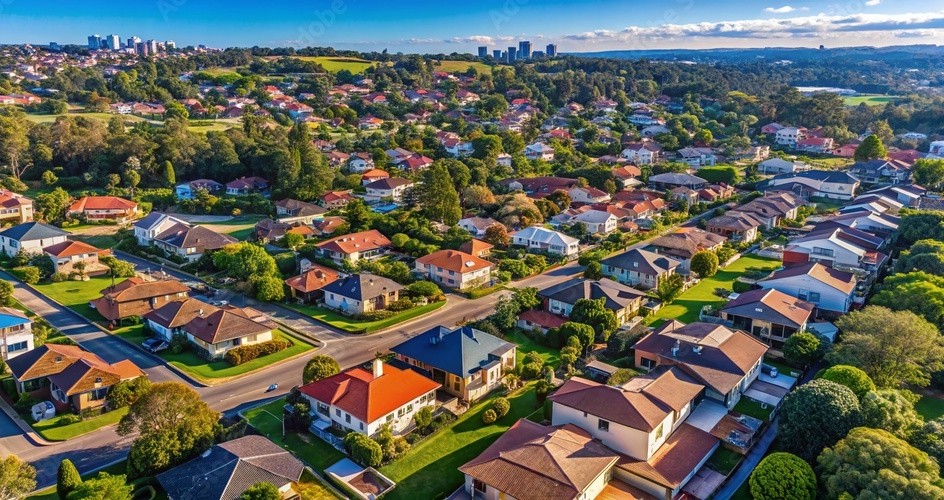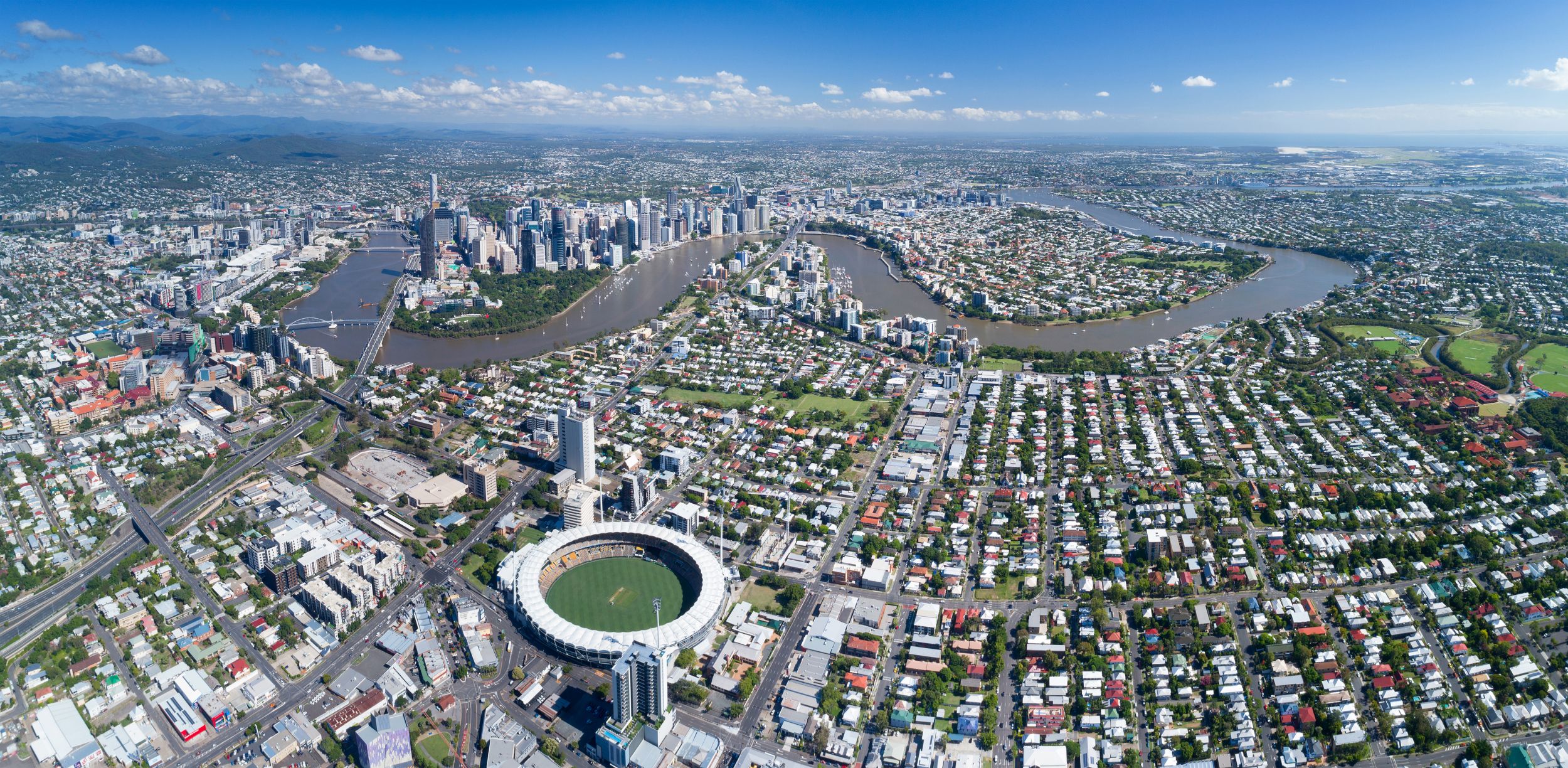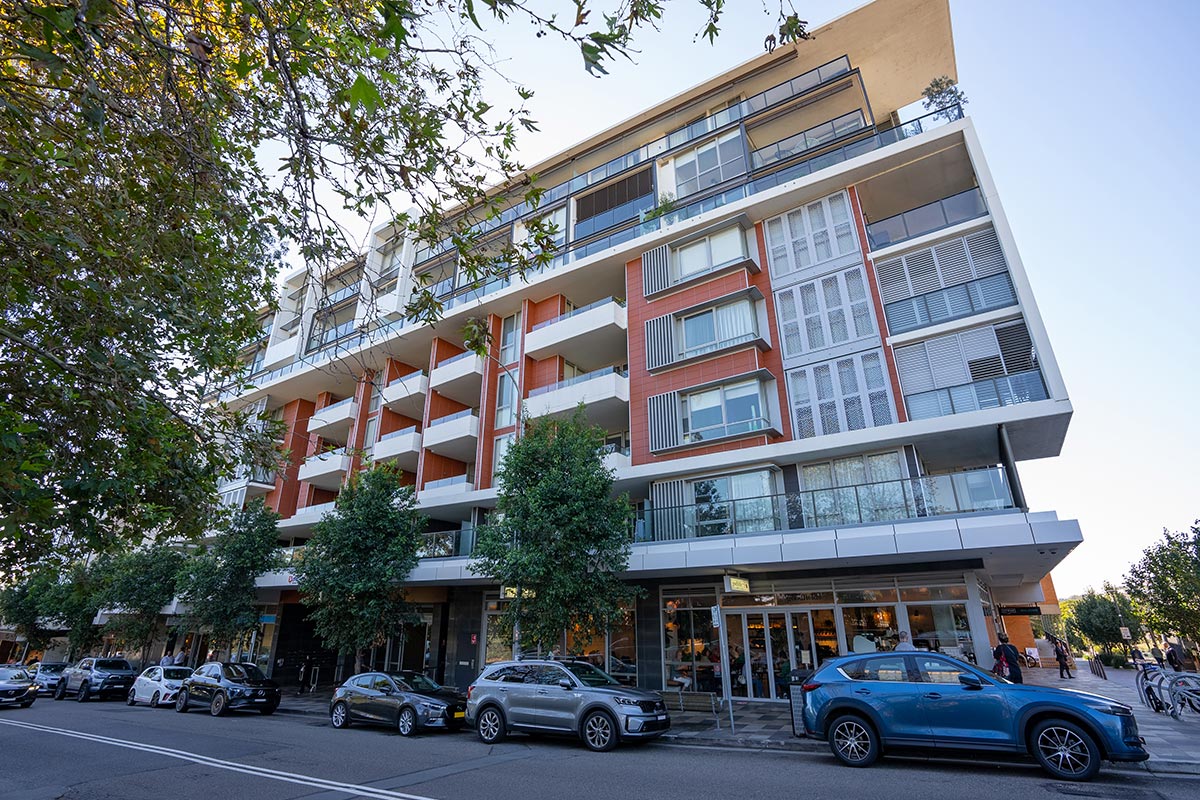The NSW Government’s Planning System Reforms Bill 2025...
Queensland Budget 2025–26: What It Means for Town Planning
The Queensland Government has handed down its 2025–26 Budget, marking another year of significant investment in public infrastructure. With a strong focus on health and transport, this budget reinforces the importance of long-term planning to support population growth, regional equity, and economic resilience.
At Willowtree, we’ve reviewed the key budget documents and highlighted the areas most relevant to our clients and the planning community.
Health Infrastructure: Growth with Equity
The State has announced a record $29.4 billion health budget — a 10.2 per cent increase year-on-year. Of this, $18.5 billion is committed over five years to the Hospital Rescue Plan, signalling a continued push for expanded, modernised health services across Queensland.
Key announcements include:
- New hospitals in Toowoomba, Coomera, Bundaberg, and a Queensland Cancer Centre.
- Major expansions across 10 existing sites, including Logan, Redcliffe, Townsville, Ipswich and Cairns.
- Targeted funding for maternity services, mental health, remote access, and hospital car parking.
There’s also a growing emphasis on digital health infrastructure, accommodation for frontline workers, and regional equity — all of which will require careful integration with land use, zoning, and community infrastructure planning.
Transport Infrastructure: Connecting Communities
The Department of Transport and Main Roads’ 2025–26 capital program totals $9.259 billion, with several key projects reshaping Queensland’s transport future.
Highlights include:
- Logan and Gold Coast Faster Rail – part of a $5.75 billion program improving connectivity across South East Queensland.
- Cross River Rail – ongoing investment of $267 million in 2025–26 to support this city-shaping project.
- Bruce Highway and Coomera Connector – major corridor upgrades totalling $3.5 billion.
- Network modernisation – new rollingstock, rail signalling upgrades, and implementation of the European Train Control System.
Funding also supports active transport, regional road upgrades, and local government infrastructure programs — all of which play a critical role in shaping growth areas and improving accessibility.
Planning Implications & Strategic Outlook
For planners and project teams, this budget reinforces the importance of integrated land use and infrastructure planning, particularly in health, transport, and regional equity.
Opportunities include:
- Alignment of hospital precinct planning with zoning, density and transport access.
- Identifying strategic sites for supporting uses (accommodation, services, workforce).
- Supporting the coordination of major transport corridors with urban growth and employment nodes.
The continued strength of Queensland’s infrastructure pipeline creates new opportunities — particularly in South East Queensland, the Wide Bay–Burnett region, and Northern Queensland. For proponents, it’s an ideal time to ensure planning pathways are clear, strategic, and responsive to community need.
If you’d like to discuss a specific project or understand how these funding commitments might impact your site or proposal, please get in touch with the Willowtree team. We’re here to help you plan with clarity and confidence.
Related Articles
The NSW Department of Planning, Housing and Infrastructure...


